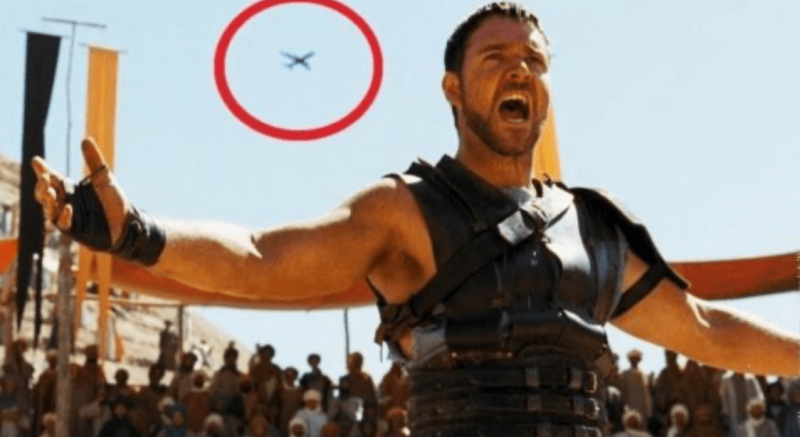Gaze at the top image of Ben Franklin’s famous kite study. Now, the one below it. See the changes?
You probably can’t, and you’re not alone. In fact, what psychologists call change blindness is really a power struggle raging in our brains.
 When we view something, we notice big details—the people, the forest they are in, perhaps the house in the back—and fail to zero in on less important features like the number of shrubs in the forest or the house’s finer details (hint, hint). Dan Simons, a psychologist at the University of Illinois at Urbana-Champaign, says that’s because if we spotted everything, we’d be unable to focus our attention. So our brain fails to log details it deems unimportant. When we flip back and forth trying to find them, we can’t because we never noticed them in the first place.
When we view something, we notice big details—the people, the forest they are in, perhaps the house in the back—and fail to zero in on less important features like the number of shrubs in the forest or the house’s finer details (hint, hint). Dan Simons, a psychologist at the University of Illinois at Urbana-Champaign, says that’s because if we spotted everything, we’d be unable to focus our attention. So our brain fails to log details it deems unimportant. When we flip back and forth trying to find them, we can’t because we never noticed them in the first place.
…
Simons says he’s not surprised we don’t encode everything we see. What shocks him is that people think they do. Some of his study participants claim to always notice Hollywood continuity errors—like when the number on John Connor’s escaping Cessna 172 Skyhawk changes in the third Terminator movie. When, in fact, they often miss them, he says.
[Editor’s note: For the ‘spot the difference’ answers, click on the link below.]






























